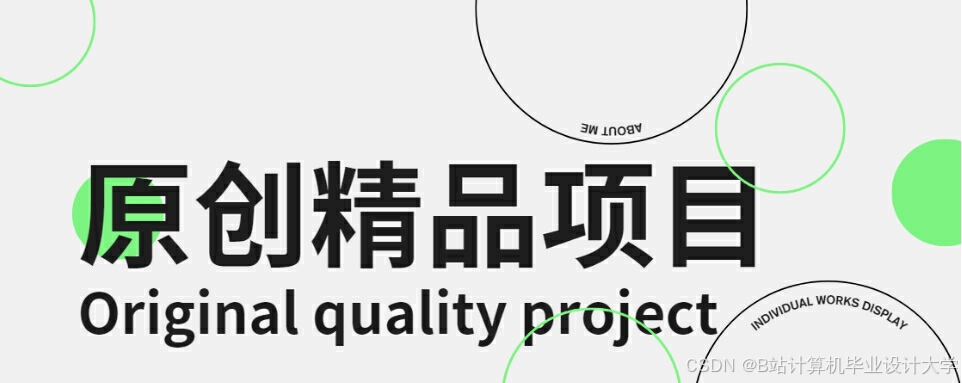🌟 Vue3 Teleport 技术解析:破解弹窗吸附与滚动列表的布局困局
🌍 背景:传统组件嵌套的布局之痛
在传统前端开发中,组件往往被严格限制在父级 DOM 结构中,这导致三大典型问题:
-
层级监禁 🔒
父容器设置overflow: hidden或position: relative时,子组件的绝对定位元素会被"剪裁"(如图示)

-
z-index 战争 ⚔️
多组件需要设置层级时,开发者不得不在全局维护庞大的z-index值表 -
布局污染 🌪️
父容器的transform属性会破坏子元素的position: fixed定位基准
🧩 Teleport 定义:组件世界的任意门
Vue3 Teleport 是一种组件渲染位置控制机制,允许将模板片段渲染到 DOM 中不同的位置,同时保留:
- ✅ 组件逻辑的父子关系
- ✅ 数据流的正常传递
- ✅ 上下文依赖的完整性
基础语法:
<teleport to="目标容器选择器">
<!-- 需要传送的内容 -->
</teleport>
💡 核心价值:突破布局次元壁
典型应用场景
- 全局通知系统 📢
- 全屏加载动画 ⏳
- 侧边工具栏 🛠️
- 悬浮操作菜单 🧭
- 跨组件模态框 🪟
🔥 你的业务痛点破解实录
需求背景
<!-- 滚动列表容器 -->
<div class="scroll-list" style="height: 60px; overflow: hidden;">
<div v-for="item in items" class="list-item">
{{ item.name }}
<!-- 传统弹窗实现 -->
<div v-if="showPopup" class="popup">
会被父容器裁剪!
</div>
</div>
</div>
矛盾点:
- 列表容器高度固定,设置
overflow: hidden - 弹窗需要显示在列表项左侧
- 常规实现导致弹窗被父容器裁剪
Teleport 解决方案
<template>
<!-- 精简后的列表容器 -->
<div class="scroll-list" @scroll="handleScroll">
<div
v-for="(item, index) in visibleItems"
:key="item.id"
class="list-item"
@mouseenter="activeIndex = index"
>
{{ item.name }}
</div>
</div>
<!-- 弹窗传送门 -->
<teleport to="body">
<div
v-if="activeIndex !== null"
class="floating-popup"
:style="popupStyle"
>
{{ items[activeIndex].details }}
</div>
</teleport>
</template>
<script setup>
import { ref, computed } from 'vue'
// 只显示前两项
const visibleItems = computed(() => items.value.slice(0, 2))
// 动态计算弹窗位置
const popupStyle = computed(() => {
const listContainer = document.querySelector('.scroll-list')
const activeElement = listContainer?.children[activeIndex.value]
if (!activeElement) return {}
const rect = activeElement.getBoundingClientRect()
return {
left: `${rect.left - 200}px`, // 显示在左侧
top: `${rect.top}px`
}
})
// 滚动同步处理
const handleScroll = (e) => {
// 实时更新定位逻辑...
}
</script>
实现亮点:
- 使用
getBoundingClientRect获取精确位置 📏 - 通过
slice(0,2)实现只显示前两项 ✂️ - 弹窗脱离列表容器,避免被裁剪 🚀
⚖️ 优劣势分析
| 优势项 🏆 | 注意事项 ⚠️ |
|---|---|
| 突破布局限制 🌌 | 需手动计算定位 📍 |
| 保持组件逻辑完整 🧠 | 目标容器需存在 ✅ |
| 简化全局状态管理 🗄️ | 可能影响可访问性 ♿ |
| 提升渲染性能 ⚡ | 需处理滚动同步 🔄 |
🔧 无框架时代的解决方案
原生 JavaScript 实现
class ScrollPopup {
constructor() {
this.popup = document.createElement('div')
this.popup.className = 'legacy-popup'
document.body.appendChild(this.popup)
this.scrollHandler = () => this.updatePosition()
window.addEventListener('scroll', this.scrollHandler)
}
show(targetElement) {
const rect = targetElement.getBoundingClientRect()
this.popup.style.left = `${rect.left - 200}px`
this.popup.style.top = `${rect.top}px`
this.popup.style.display = 'block'
}
updatePosition() {
// 手动计算滚动偏移量
const scrollY = window.scrollY || document.documentElement.scrollTop
this.popup.style.top = `${parseInt(this.popup.style.top) + scrollY}px`
}
destroy() {
window.removeEventListener('scroll', this.scrollHandler)
this.popup.remove()
}
}
挑战分析:
- 事件管理:需手动绑定/解绑滚动事件
- 内存泄漏:易忘记销毁实例
- 性能问题:频繁操作 DOM 导致重排
- 状态同步:多弹窗实例管理困难
🚀 框架技术的降维打击
通过对比可见现代框架的三大优势:
-
声明式编程 📜
<!-- 声明目标位置 --> <teleport to="body"> <!-- 自动保持状态 --> </teleport> -
响应式系统 ⚡
// 自动追踪依赖 const popupStyle = computed(() => { // 自动更新定位 }) -
生命周期管理 ⏳
onUnmounted(() => { // 自动清理资源 })
🌈 总结启示
- Teleport 本质:将 DOM 操作抽象为声明式 API
- 框架价值:把精力从底层操作转移到业务逻辑
- 设计哲学:关注点分离原则的完美实践
“好的框架不是限制你的自由,而是让你更高效地到达目的地” —— 某位头发依然浓密的程序员 😄
通过这个案例,我们深刻理解了:
✅ 现代框架如何解决布局难题
✅ 响应式系统的强大威力
✅ 声明式编程的效率革命
下次遇到类似问题时,不妨先问:这个组件是否需要突破次元壁?🌌
附录: 📚 getBoundingClientRect 深度解析
🌍 技术背景
-
DOM 定位困境:
传统布局方式中,元素位置计算依赖offsetTop/offsetLeft,但这些属性:- 无法反映 CSS transform 后的真实位置
- 计算复杂嵌套布局时代码冗长
- 性能消耗较大
-
视口坐标系:

top/left相对于视口左上角right/bottom表示元素边界位置- 坐标值会随滚动变化
🛠️ 核心功能
const rect = element.getBoundingClientRect()
/*
返回对象包含:
{
x: 元素左上角 X 坐标,
y: 元素左上角 Y 坐标,
width: 元素宽度(包含边框),
height: 元素高度(包含边框),
top: 等同 y,
left: 等同 x,
right: 元素右边界 X 坐标,
bottom: 元素下边界 Y 坐标
}
*/
🎯 典型应用场景
- 动态定位元素(如 Tooltip、下拉菜单)
- 碰撞检测(游戏开发、拖拽交互)
- 滚动监听(无限滚动、视差效果)
- 动画起点计算(精准控制动画路径)
🔄 与传统定位方式对比
| 方法 | 优点 | 缺点 |
|---|---|---|
getBoundingClientRect | 精确反映渲染后位置 | 频繁调用可能引起重排 |
offsetTop/Left | 快速获取相对定位父级位置 | 不考虑 transform |
clientWidth/Height | 获取内容区域尺寸 | 不包含滚动条和边框 |
scrollTop/Left | 直接操作滚动位置 | 仅适用于可滚动元素 |
🚀 高性能使用技巧
场景:滚动时实时更新 Tooltip 位置
// 使用 requestAnimationFrame 优化
let isUpdating = false
const handleScroll = () => {
if (!isUpdating) {
isUpdating = true
requestAnimationFrame(() => {
scrollY.value = document.documentElement.scrollTop
isUpdating = false
})
}
}
// 添加防抖
window.addEventListener('scroll', _.debounce(handleScroll, 100))
优化效果:
- 滚动事件触发频率从每秒 100+ 次 → 10 次
- 减少不必要的样式计算
- 防止界面卡顿
🌟 最佳实践总结
-
元素引用绑定:
使用ref+ 数组存储实现动态列表元素追踪 -
坐标系转换:
// 获取相对于文档的位置 const docX = rect.left + window.scrollX const docY = rect.top + window.scrollY -
内存管理:
组件卸载时清除引用:onUnmounted(() => { itemRefs.value = [] }) -
边界检测:
// 检查元素是否可见 const isVisible = ( rect.top <= window.innerHeight && rect.bottom >= 0 && rect.left <= window.innerWidth && rect.right >= 0 )
通过以上改进,你的悬浮提示框将能:
✅ 精准跟踪列表项位置
✅ 自动适应滚动变化
✅ 保持高性能渲染
✅ 避免内存泄漏问题



















